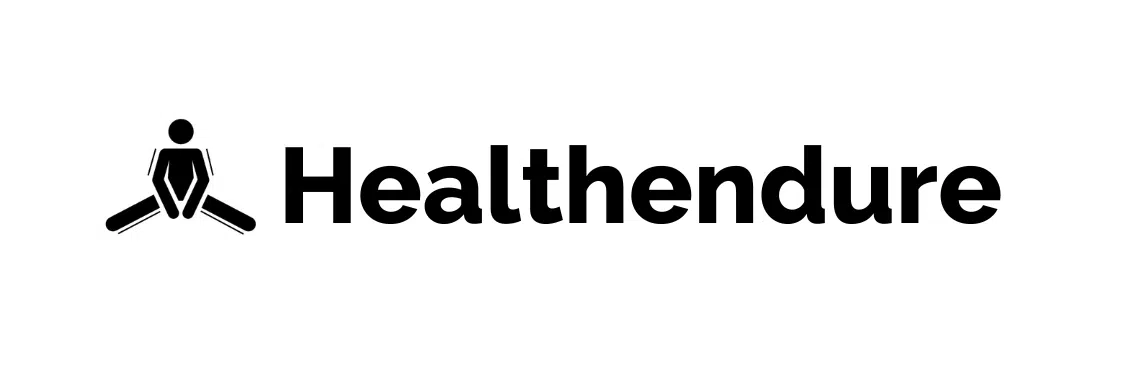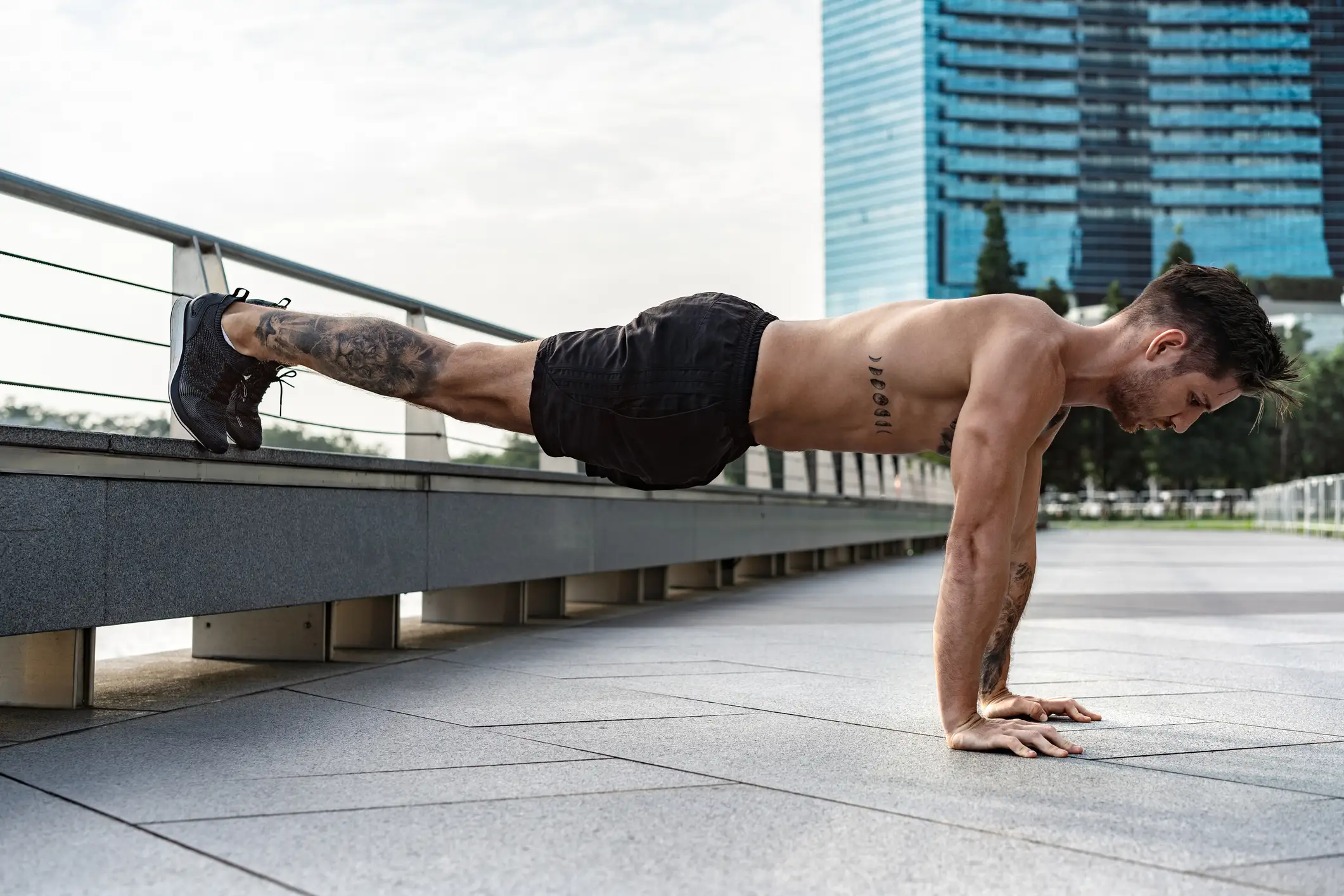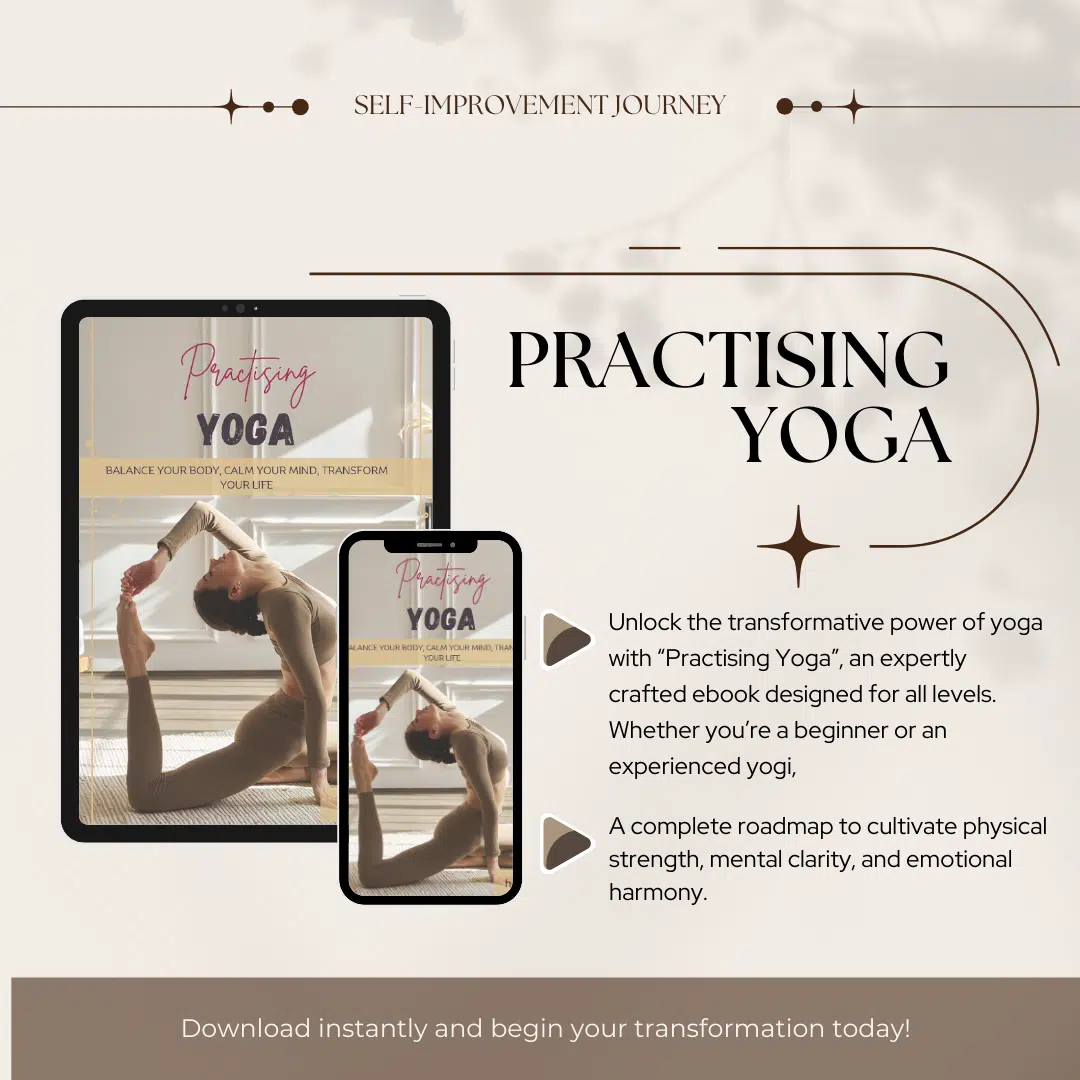Push-ups – a classic bodyweight exercise that sculpts and strengthens your upper body. But what if you could take your push-ups to the next level and unlock even greater gains? Enter the Decline Pushup or feet elevated push ups, a variation that elevates your workout and challenges your muscles in a whole new way. These are dynamic and purposeful pushups for upper chest to transform it perfectly.
Regular push-ups are fantastic, but declining push ups take things a step further. Here’s the key difference: during a decline pushup, your feet are positioned higher than your hands, creating a downward angle. This shift in body position intensifies the exercise, targeting specific muscle groups and offering a multitude of benefits.
Muscles Worked by Decline Pushups
Decline pushup or Foot Elevated Push ups might seem like a simple exercise, but beneath the surface lies a complex symphony of muscle activation. Let’s delve into the primary and secondary muscle groups engaged during this super pushup for upper chest, exploring how they work together and how this exercise differs from regular push-ups:
1-Pectorals (Chest)

The pectoralis major is a large, fan-shaped muscle group responsible for chest flexion (bringing your arms towards your chest) and internal rotation (rotating your arm inward).
Decline press-ups place a greater emphasis on the lower pectoral muscles, particularly the sternal fibers. These are the muscles that contribute to that sculpted, defined chest.
Decline Pushup Activation
The downward angle in feet elevated push-ups stretches the upper pecs slightly while placing more stress on the lower pecs throughout the pushing movement. This targeted activation helps develop a more complete and balanced chest compared to regular push-ups, which focus more on the upper pecs.
2-Triceps Brachii (Triceps)
The triceps, play a crucial role in the feet elevated push ups. The triceps brachii is a three-headed muscle on the backside of your upper arm. Its primary function is elbow extension (straightening your arm).
Decline Pushup Activation
As you lower yourself down and push back up during a decline pushup, your triceps work diligently to extend your elbows. This targeted activation strengthens your triceps, which is essential for everyday activities like pushing yourself out of a chair or throwing a ball.
Compared to regular push-ups, feet elevated push ups might require slightly more triceps engagement due to the increased pushing force needed to overcome the downward angle.
While the pectorals and triceps are the primary movers in declining push ups, several other muscle groups play a supporting role:
3-Anterior Deltoids (Shoulders)

Located on the front of your shoulders, the anterior deltoids contribute to shoulder flexion (lifting your arms) and play a role in pushing movements.
Decline Pushup Activation
Decline pushups or feet elevated push ups engage your anterior deltoids to a lesser extent than the primary muscles, but they still contribute to overall shoulder stability and strength.
4-Core Muscles
Don’t underestimate your core! Maintaining proper form during feet elevated push ups requires significant core engagement, particularly in your rectus abdominis (abs) and obliques. These muscles act as a stabilizing force, keeping your body in a straight line throughout the movement.
Biceps Brachii (Biceps)
While not a primary mover, your biceps (on the front of your upper arm) also play a minor role in this declining pushup for upper chest. They help stabilize your shoulders and assist with some pulling motions during the exercise.
How to Do Decline Pushups with Perfect Form
Declining push ups are a fantastic exercise for building upper body strength, but proper form is crucial to maximize benefits and avoid injury. Here’s a detailed guide to performing feet elevated push ups with perfect form, complete with step-by-step instructions and common mistakes to avoid:
Equipment
A sturdy bench, chair, or platform (height can be adjusted based on difficulty)
Step-by-Step Instructions
- Set Up: Place your hands shoulder-width apart on the elevated platform (bench, chair). Step back with your feet, keeping your legs straight and hips high. Your body should form a straight line from head to heels.
- Lower Yourself: Slowly lower your chest towards the ground, keeping your elbows tucked close to your body at a 45-degree angle. Breathe in as you descend.
- The Bottom Point: Lower yourself until your chest nearly touches the ground. Maintain a straight line with your body throughout the movement.
- Push Up: Push yourself back up to the starting position by extending your elbows. Exhale as you push.
- Repeat: Complete a desired number of repetitions while maintaining proper form throughout.
Tips:
-
Beginners can start with modified decline push-ups by placing their knees on the floor for additional support.
-
Breathe in as you lower yourself down and exhale as you push back up. Maintaining proper breathing helps stabilize your core.
-
Keep your feet hip-width apart for balance and stability.
-
If you experience any pain during the exercise, stop immediately and consult a healthcare professional.
Common Mistakes: Correct This Feet Up Workout
- Arching Back: This puts strain on your lower back. To correct it, engage your core by pulling your belly button towards your spine and maintaining a straight line with your body throughout the movement.
- Elbows Flaring Out: This reduces the effectiveness of your chest muscles. To correct it, focus on keeping your elbows close to your sides at a 45-degree angle throughout the exercise.
- Letting Your Hips Sag: This can throw your body out of alignment. To correct it, keep your hips high and maintain a straight line from head to heels.
- Not Engaging Your Core: A weak core can lead to instability and potential injury. To correct it, focus on tightening your core muscles throughout the movement.
Best Diet For Declining Push ups Workout
For optimal performance and recovery when doing this decline pushup for upper chest, it’s important to fuel your body with a balanced diet that provides the necessary nutrients. Here’s a breakdown of the best diet for decline push-ups:
Protein
Protein is essential for muscle repair and growth, making it a crucial component of your diet when performing strength training exercises like decline push-ups. Include lean sources of protein such as chicken, turkey, fish, eggs, tofu, beans, and Greek yogurt in your meals to support muscle recovery and development.
Healthy Fats
Incorporate sources of healthy fats into your diet to support joint health, hormone production, and overall well-being. Include foods rich in omega-3 fatty acids such as salmon, walnuts, flaxseeds, and chia seeds, as well as avocados, olive oil, and nuts and seeds.
Hydration
Staying hydrated is essential for optimal performance and recovery. Drink plenty of water throughout the day to maintain hydration levels, especially before, during, and after your workouts. Consider incorporating electrolyte-rich beverages such as coconut water or sports drinks if exercising for an extended duration or in hot conditions.
Pre-Workout Fuel
Consume a balanced meal or snack containing carbohydrates and protein approximately 1-2 hours before your workout to provide sustained energy and support muscle function during decline push-ups. Opt for options such as a banana with almond butter, Greek yogurt with fruit, or a turkey and avocado whole grain wrap.
Post-Workout Nutrition
After completing your decline push-up workout, refuel your body with a combination of carbohydrates and protein to promote muscle recovery and replenish glycogen stores. Aim to consume a meal or snack containing both macronutrients within 30-60 minutes post-exercise to optimize recovery.
10 Dynamic Health Benefits of Decline Pushups
1-Cardiovascular Health

Incorporating push-ups into your daily routine not only enhances muscular strength and endurance but also potentially reduces the risk of cardiovascular events.
Research has shown that individuals capable of completing more than 40 push-ups demonstrated a remarkable 96% reduction in incident cardiovascular disease (CVD) events compared to those who could do fewer than 10 push-ups. This highlights the potential cardiovascular benefits of push-ups.
2-Respiratory Health
While decline pushups for the upper chest may not directly target lung function, engaging in regular exercise can improve respiratory efficiency and lung capacity over time. As you become more physically fit, your body becomes better at utilizing oxygen, leading to enhanced respiratory health.
3-Metabolic Health
The study published in PubMed Central conclusively demonstrated that resistance training yields positive effects on metabolic syndrome by reducing fat mass, particularly abdominal fat, and improving insulin sensitivity, glucose tolerance, and blood pressure levels. These findings underscore the importance of incorporating resistance exercises like push-ups into your fitness regimen for overall metabolic health and well-being.
4-Bone Health
Weight-bearing exercises, including bodyweight exercises like decline push-ups, help stimulate bone growth and density, reducing the risk of osteoporosis and fractures later in life.
5-Mental Health
The research indicated that engaging in strength training can lead to a reduction in anxiety levels. A meta-analysis also revealed substantial improvements in anxiety symptoms among both healthy adults and individuals with physical or mental conditions following strength training programs.
These findings suggest that integrating strength training into one’s regimen could be a valuable approach for alleviating anxiety and fostering mental wellness.
6-Joint Health and Mobility
While it’s important to perform exercises with proper form to avoid injury, strengthening the muscles around joints through exercises like decline push-ups can help improve joint stability and mobility, reducing the risk of arthritis and joint pain.
7-Improved Posture
Strengthening the muscles of the chest, shoulders, and core through these pushups for upper chest can help improve posture by pulling the shoulders back and opening up the chest. Good posture is important for overall spinal health and can help prevent back pain and injuries.
8-Improved Functional Strength
Decline pushups are a functional exercise that mimics everyday movements, such as pushing open doors or lifting heavy objects. By performing decline pushups regularly, you can improve your functional strength and daily activities.
9-Boosted Athletic Performance
Decline pushups can enhance your athletic performance in various sports that require upper body strength and power, such as basketball, football, and gymnastics.
10-Increased Muscle Mass
Decline pushups are a compound exercise that engages multiple muscle groups simultaneously. This can lead to increased muscle mass and overall strength gains.
How Many Pushups Should I Do A Day?
The ideal number of push-ups to do in a day varies based on your fitness level and goals. Beginners may start with 5-10 push-ups, gradually increasing as they get stronger. Intermediate individuals can aim for 20-50 push-ups per day, while advanced exercisers may target 50-100 or more. Listen to your body and adjust accordingly, ensuring a balance between challenge and recovery.
Conclusion
In conclusion, decline push-ups are versatile and effective exercises for building muscle and strength, particularly targeting the chest, shoulders, and triceps. By incorporating variations like incline push-ups and bicep push-ups, individuals can further enhance muscle growth and overall upper body development.
These exercises, when performed correctly and consistently as part of a well-rounded workout routine, contribute to building both muscle mass and strength over the long term. Whether using bodyweight, resistance bands, or free weights, the focus on maintaining proper form, engaging the core, and creating a straight line from head to heels ensures optimal engagement of the targeted muscles while minimizing strain on the shoulder joint.
By progressively challenging oneself with heavier weights or adjusting the angle of the exercise, individuals can continue to see improvements in muscle strength, endurance, and definition, ultimately achieving their fitness goals and promoting overall health and well-being.
So, are you ready to take your push-ups to the next level? Give decline push-ups a try, feel the burn, and experience the difference they can make in your upper body strength and physique!













